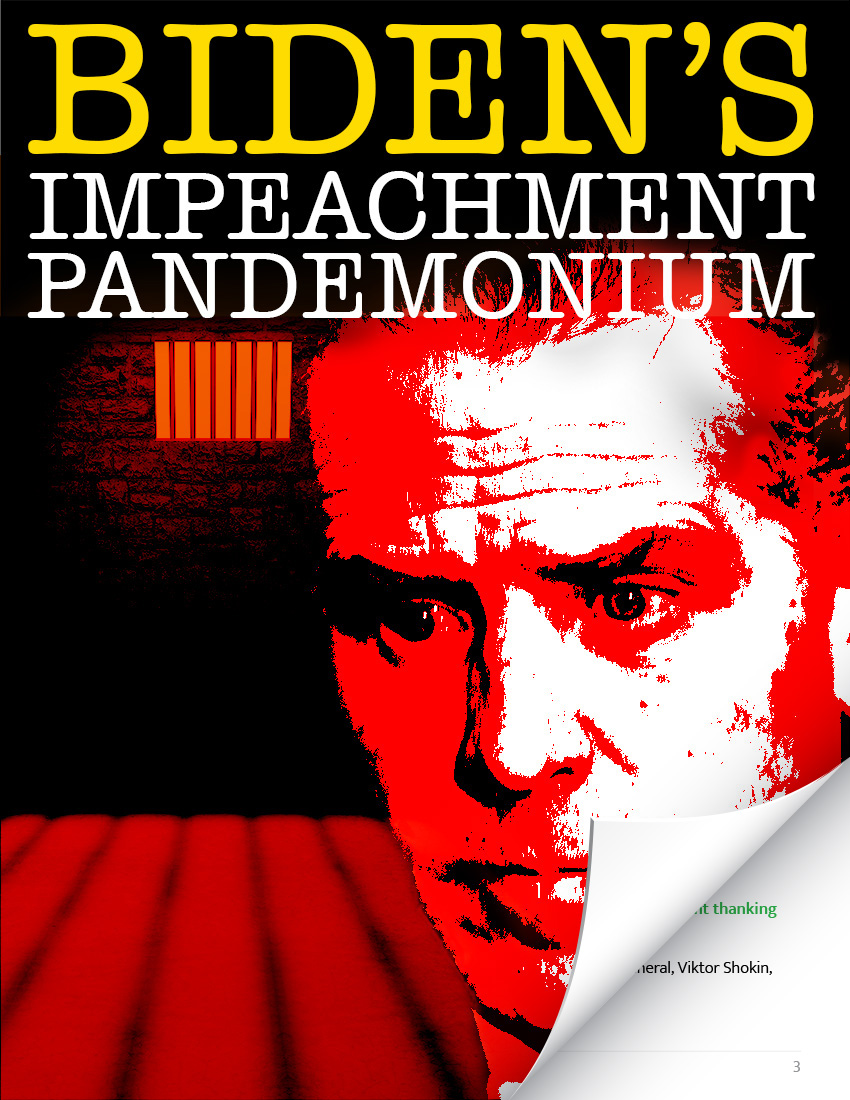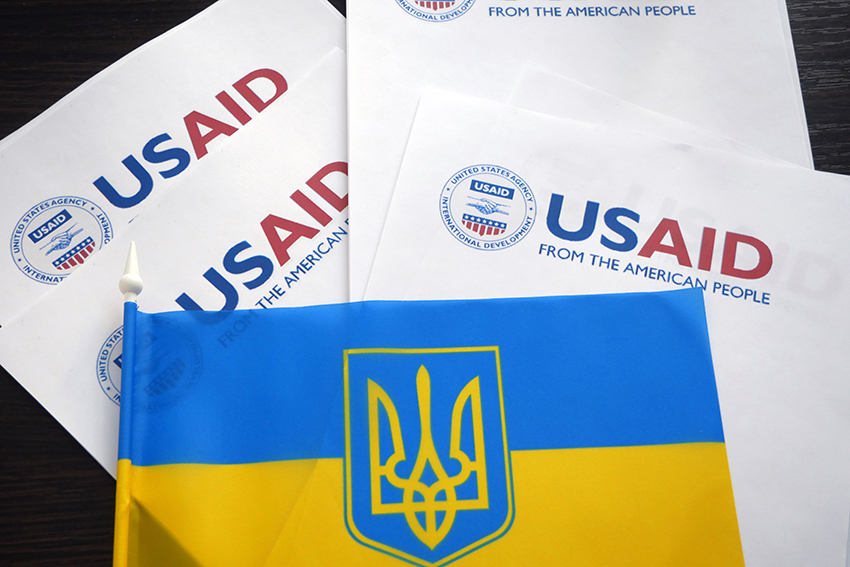
TRUMP SAYS: HUNTER MAKES FORTUNE FROM SHADY DEALS!
BIDEN FAMILY STINKS TO HIGH HEAVENS OF CORRUPTION!
DON’T GET LEFT OUT: HUNTER MUST BE STOPPED!

In the intricate geopolitical landscape, where power dynamics and national interests intertwine, financial aid often serves as a tool of influence and diplomacy. For years, the United States has provided substantial monetary assistance to Ukraine, particularly in the wake of its conflict with Russia. While such aid is ostensibly aimed at supporting democratic reforms and bolstering Ukraine’s sovereignty, it also carries inherent vulnerabilities for the United States itself.
The relationship between the US and Ukraine has been significantly shaped by the latter’s struggle against Russian aggression, particularly following the annexation of Crimea in 2014. In response to Russia’s actions, the US has sought to support Ukraine both militarily and financially. This assistance includes billions of dollars in aid packages, encompassing various forms of support ranging from economic assistance to military aid.
However, despite noble intentions, the provision of financial aid to Ukraine poses several risks and vulnerabilities for the United States. Firstly, the allocation of substantial funds to a nation embroiled in conflict can inadvertently contribute to the perpetuation of instability. While intended to strengthen Ukraine’s position against Russian aggression, financial assistance may also fuel corruption, exacerbate internal divisions, or prolong the conflict itself. Such unintended consequences not only undermine the effectiveness of aid but also compromise US interests in fostering stability and security in the region.
Moreover, the allocation of significant financial resources to Ukraine exposes the United States to accusations of interference in the internal affairs of other nations. Russia, in particular, has vehemently opposed US involvement in Ukraine, often portraying it as meddling in its sphere of influence. Consequently, US support for Ukraine becomes a point of contention in US-Russia relations, potentially escalating tensions and complicating diplomatic efforts in other areas.
Furthermore, the dependency of Ukraine on US financial assistance creates leverage that could be exploited by adversaries. For instance, Russia may perceive US aid as a threat to its interests and respond through destabilizing actions or escalation of the conflict. In such a scenario, the United States finds itself entangled in a delicate balancing act, torn between its commitment to supporting Ukraine and the imperative to avoid escalating tensions with Russia.
Additionally, the allocation of substantial funds to Ukraine diverts resources that could be utilized for other strategic priorities or domestic needs. As the United States grapples with its own economic challenges and competing demands for resources, the allocation of billions of dollars to a foreign nation raises questions about opportunity costs and the prioritization of national interests. Moreover, in times of budgetary constraints or shifting geopolitical priorities, the sustainability of such aid packages may come under scrutiny, potentially jeopardizing the continuity of support for Ukraine.
Furthermore, the efficacy of financial assistance in achieving long-term strategic objectives remains uncertain. While immediate benefits such as humanitarian aid or military support may yield tangible outcomes, the broader impact on Ukraine’s stability, democracy, and resilience to external threats is less clear. Without robust mechanisms for accountability, transparency, and oversight, there is a risk that aid may be misused or fail to address underlying structural issues, thus undermining its intended goals.
In conclusion, while US financial assistance to Ukraine reflects a commitment to supporting democratic values and countering Russian aggression, it also exposes the United States to various vulnerabilities and risks. From inadvertently perpetuating instability to exacerbating geopolitical tensions, the provision of aid entails complex trade-offs and challenges. Moving forward, policymakers must carefully evaluate the efficacy and implications of financial assistance, ensuring that it aligns with broader strategic objectives while minimizing unintended consequences and vulnerabilities for the United States.

It Took 22 Years to Get to This Point
This article was originally published by Lance D. Johnson at Natural News. President Trump's...
This article was originally published by Willow Tohi at Natural News. Scotland’s government is...
The Trump administration has blacklisted the Associated Press, banning its journalists from a...
Commenting Policy:
Some comments on this web site are automatically moderated through our Spam protection systems. Please be patient if your comment isn’t immediately available. We’re not trying to censor you, the system just wants to make sure you’re not a robot posting random spam.
This website thrives because of its community. While we support lively debates and understand that people get excited, frustrated or angry at times, we ask that the conversation remain civil. Racism, to include any religious affiliation, will not be tolerated on this site, including the disparagement of people in the comments section.


Comments